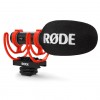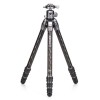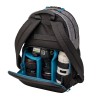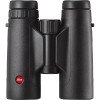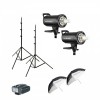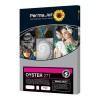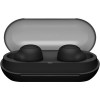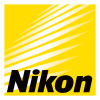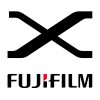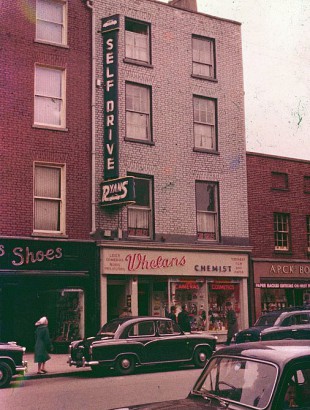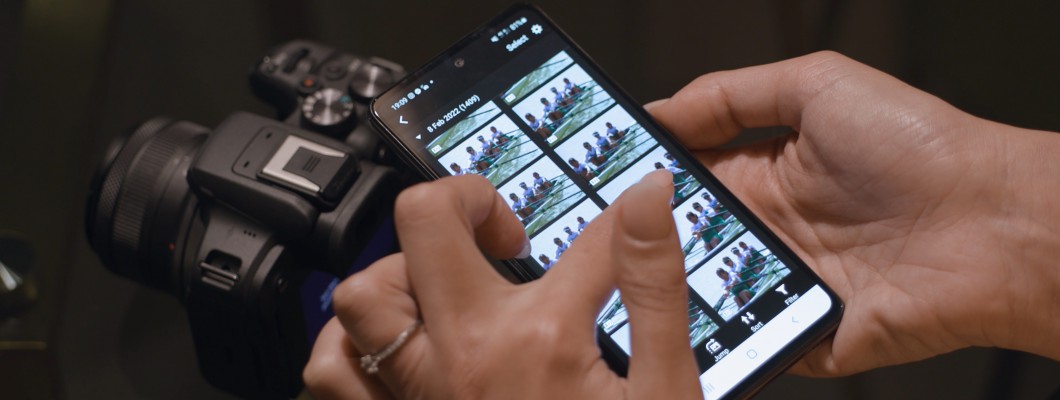
How to capture photos remotely – and why you'll want to
For wildlife, night-time and landscape photography, as well as self-portraits, learning how to control your camera remotely is a must. Here's a quick guide to the benefits of remote shooting and how to do it.
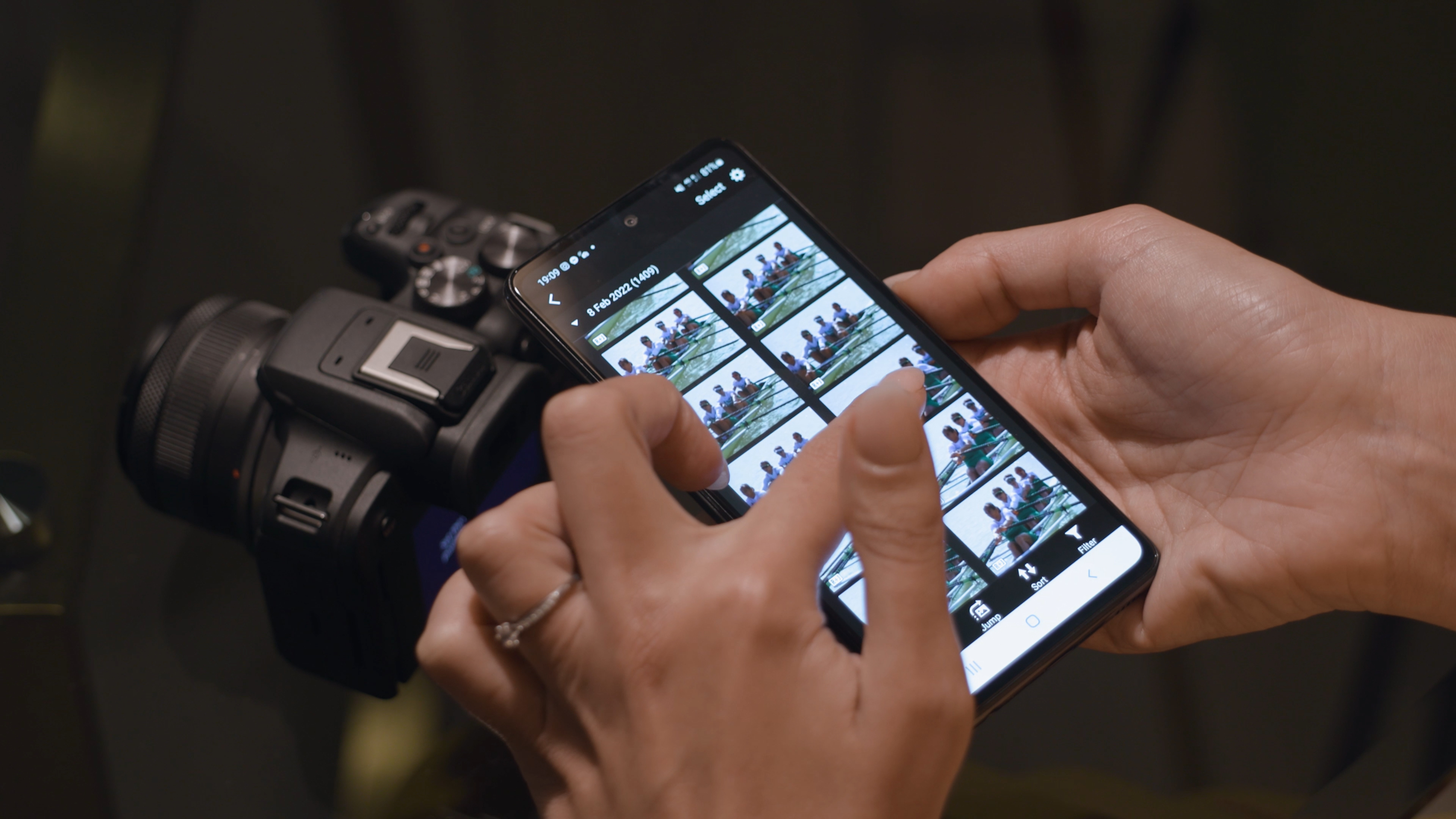
Remote shooting might seem like an advanced technique, but it's a lot easier than you think, and it has some major benefits. Learn how it works, when to use it, and how it will benefit different kinds of photography with this helpful guide.
What does remote shooting mean?
Remote shooting simply means controlling your camera and its shutter from another device instead of the controls on the camera itself. The traditional solution for this was a remote shutter cable which could be plugged into your camera, but wireless control is now possible. If you shoot Canon, you can connect your camera to your smartphone using the Canon Camera Connect app, this gives you the option to control a broad range of settings and trigger the shutter straight from your smartphone or tablet.
When would you use a remote shutter?
There are several benefits of using a remote shutter. First, because you're not physically touching the camera, it eliminates any risk of jarring when you trigger the shutter, which makes this a great way to prevent camera shake and get the sharpest pictures. Second, it's also useful for capturing pictures that might be difficult to frame while holding the camera in your hands, including group photos with yourself in the shot or photos of shy animals in the wild.
Shooting remotely is a useful tool for many different photographic genres, such as blurring moving water.
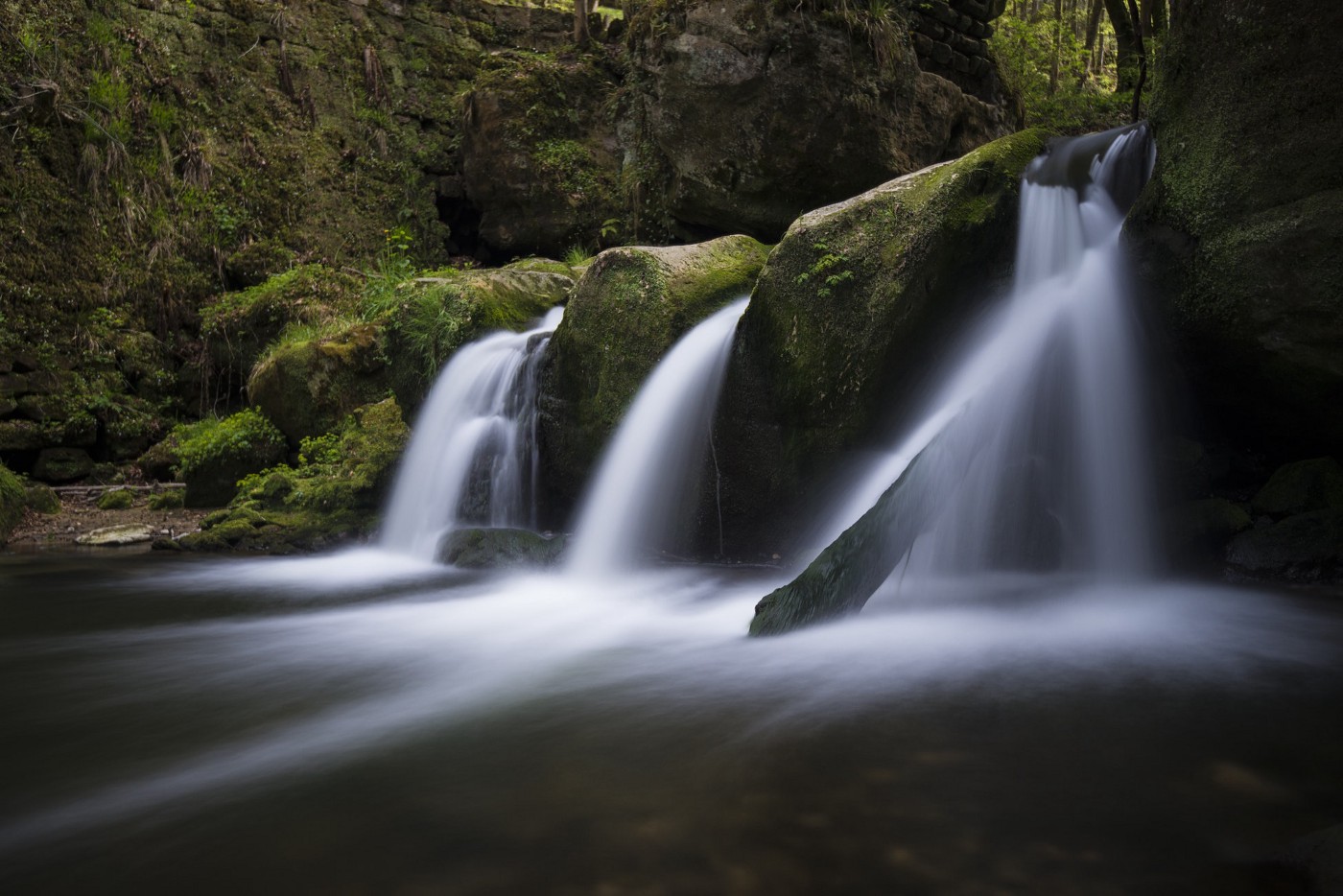
Triggering the shutter remotely is ideal when you shoot landscapes from a tripod, particularly when you're using long exposures, because not touching the camera prevents any camera shake. When you're shooting time-lapses, it also helps ensure you don't jolt the camera and change the framing, which would cause the eventual video footage to hop about distractingly. With the Canon Camera Connect app, being able to change settings from a smartphone between shots also means you don't need to keep returning to the camera or check pictures on the camera screen.
Shooting remotely in wildlife photography
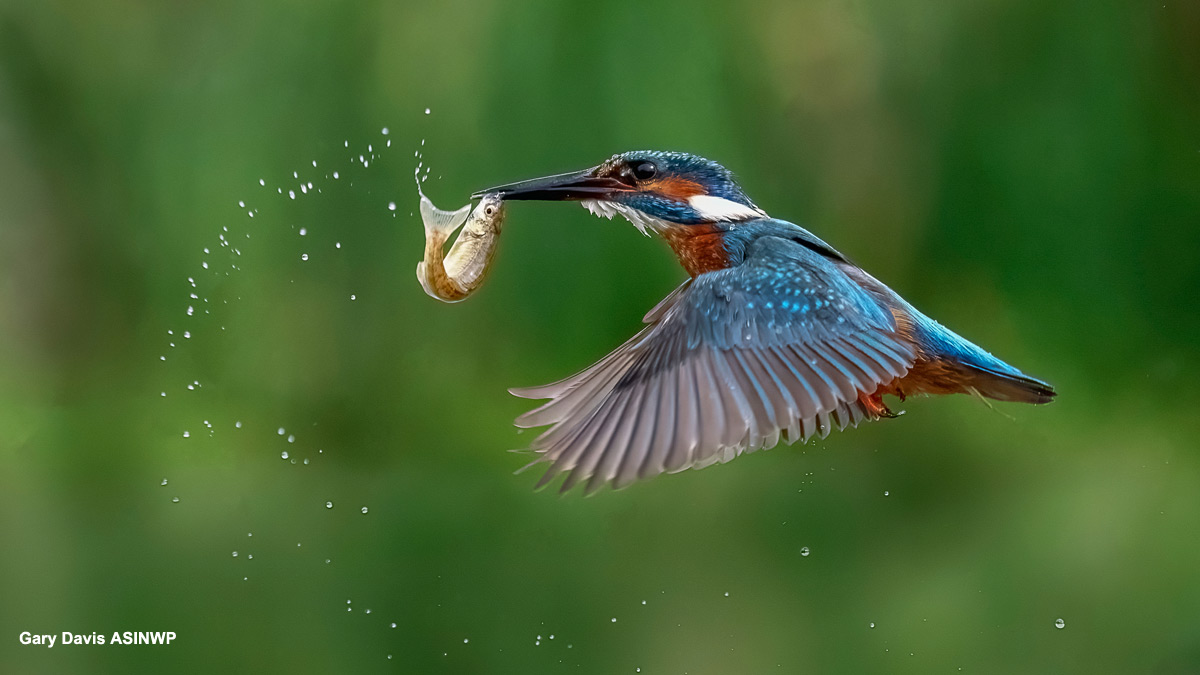
Remote shooting is ideal when photographing or filming timid or elusive subjects, such as wildlife. You can place your camera in the best location to get the shot, even if this may be somewhere it would be awkward or dangerous to position yourself, and then hide out of view so you don't scare your subjects off or disrupt their natural behaviour.
Shooting remotely is great for close-up and macro photography of tiny subjects where even the slightest movement of the camera would in effect be magnified, spoiling the framing or throwing the subject out of focus. The same applies if you use the technique of focus bracketing to take a series of macro shots with different parts of the subject in focus, in order to combine into a single image with more of it sharp – keeping the camera stable is critical.
Again, being able to change settings and check preview shots from your smartphone, and even magnify the view to check the focus, means you won't have to keep returning to the camera and disturbing the scene.
Night and low-light photography often also demands long exposures, and remote control is invaluable here too, making it possible to capture images without any risk of jarring the camera when you trigger the shutter.
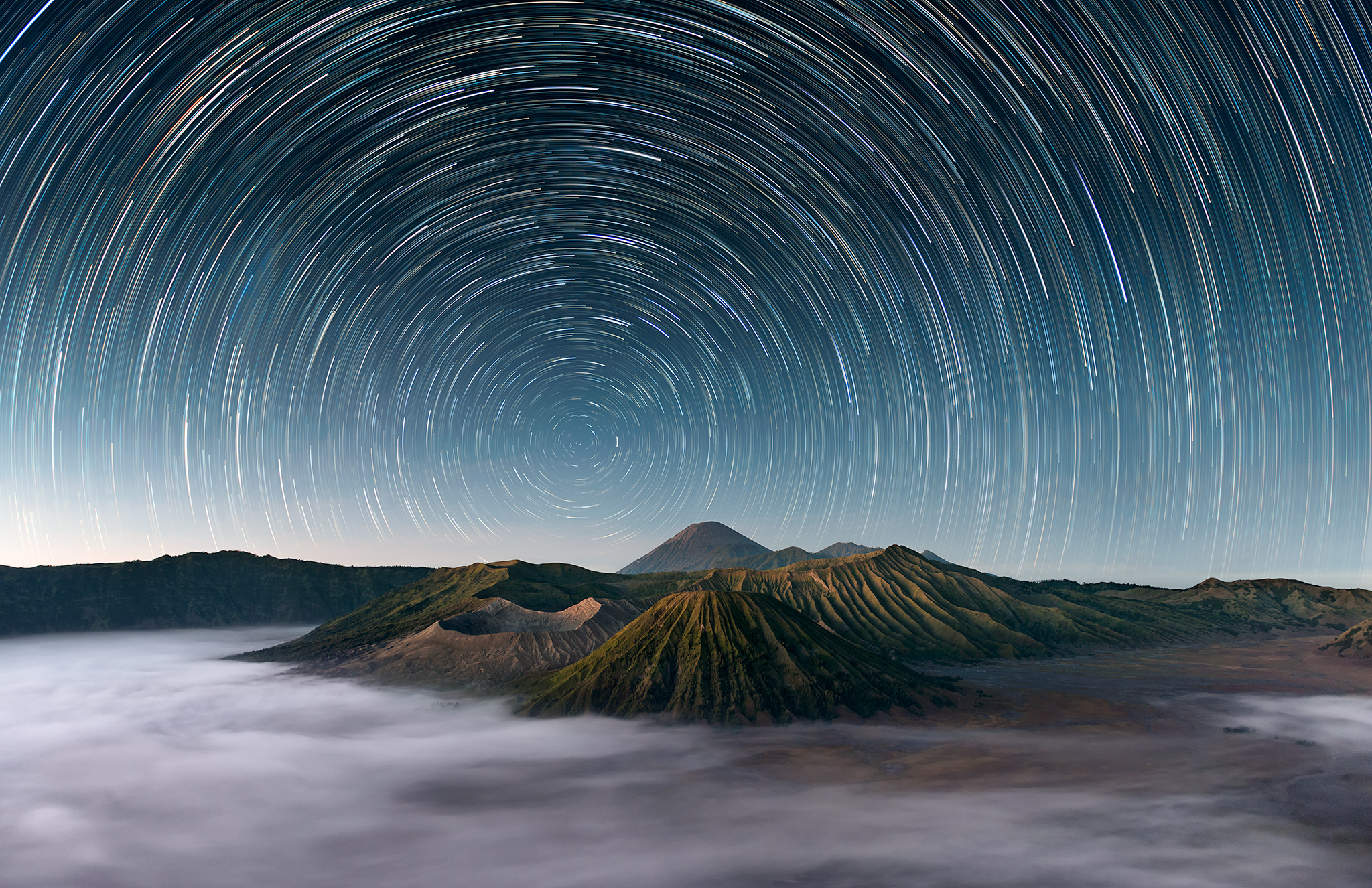
With astrophotography, you'll often need to shoot very long exposures of between 30 minutes and a few hours. Being able to shoot remotely means you won't introduce camera shake when you trigger the shutter, which is critical for sharp sky images. What's more, you can be a good distance away from the camera, perhaps even keeping warm in your car or a shelter while you wait for the exposure to finish. For astrophotography you rarely need to adjust many settings, but if you want to do so, or even switch from autofocus to manual focus, you can do it all from a distance. In addition, you can keep the camera's LCD screen switched off, which means less unwanted light to spoil the exposure.
If you want to try your hand at creative self-portraiture, then remote shooting is ideal. Frame yourself easily and make sure you get everything that you want in the shot. Being able to change settings, such as the aperture, means you can experiment with different effects without having to alter your composition by going to the camera and back. Remote shooting is also very useful for group shots as you can check everyone is included (and smiling) without disturbing the scene. Review each shot on the spot and you can adjust settings as necessary or move people into better positions before the group disperses.
Why not try remote shooting?
Original article written by Astrid Pitman for Canon

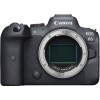
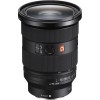
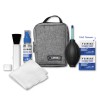
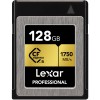
-100x100.jpg)
-100x100.jpg)
